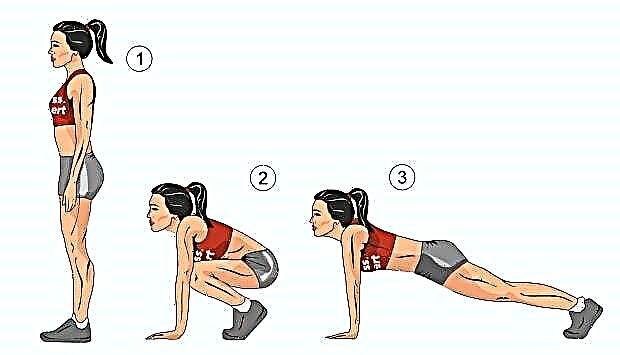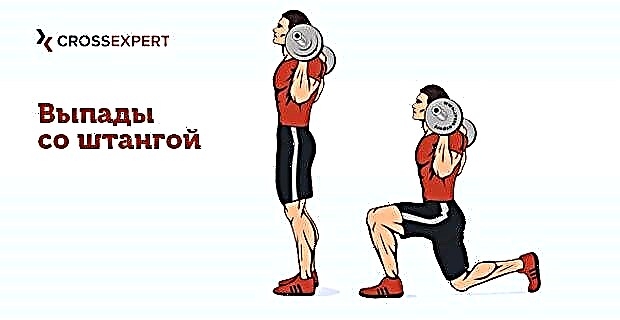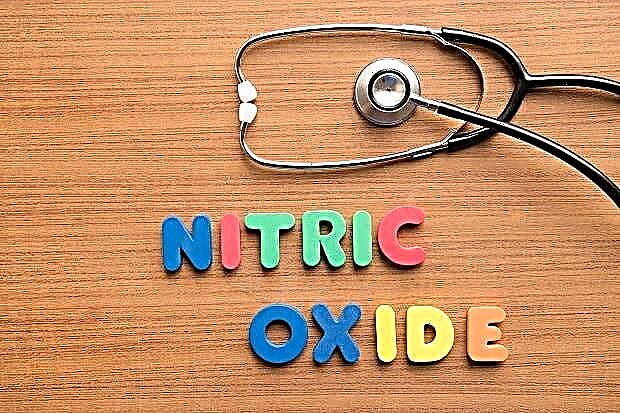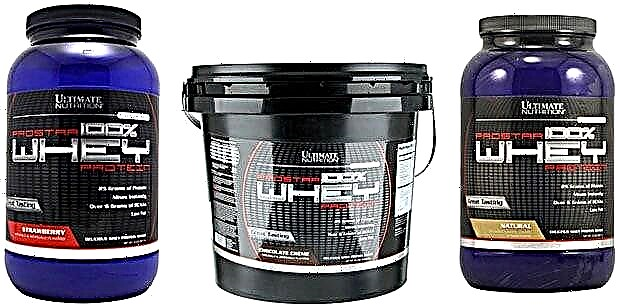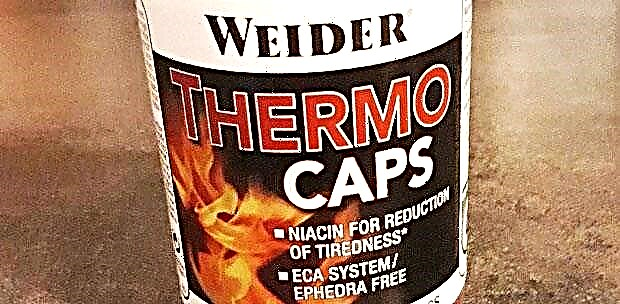Creatine loading is a sports nutrition practice that combines training with increased supplementation. This is done to saturate the body with the compounds necessary to increase body weight and increase endurance. As creatine accumulates, the dosage is gradually reduced.
Benefits of taking
Creatine is a nitrogen-containing carboxylic acid that contributes to muscle growth. It is produced in the liver, kidneys and pancreas and is present in a number of foods. Its content is especially high in red meat.
The substance is available as a food additive. It is recommended to take it in case of increased fatigue, when the muscles cannot cope with the load during training and get tired quickly.
The supplement is sold in the form of tablets, liquids, capsules, etc. The most popular variety among athletes is creatine monohydrate, ground into powder.
Taking creatine helps to increase lean muscle mass. It is safe for health and has practically no contraindications. However, you should consult your doctor and trainer before purchasing a supplement.
The effect is observed only with systematic use, the substance gradually accumulates in muscle tissues and facilitates training, saturating the body with energy. A surge of strength and endurance is felt, sports activities become longer and more effective. Muscles work longer and fatigue is significantly reduced. Moreover, they look more powerful due to the fact that the substance retains fluid in the sarcoplasm. The increase in muscle mass after completing the course is up to 5 kg.
It is believed that regular use contributes to the growth of testosterone, which can negatively affect the health of female athletes. However, the substance is not officially recognized as a steroid and is not classified as doping.
How to take creatine with loading
The essence of loading is to provide the body with the maximum supply of creatine for the growth of muscle tissue and reduce fatigue at the initial stage of training. Subsequently, the dosage is reduced, and the supplement is used in a standard form.
Often, athletes take creatine in a dosage higher than the indicated one, since sometimes it is poorly absorbed. But in any case, before taking you need to consult with your doctor and your coach.
The process is divided into two phases:
- Main phase. Lasts 5 to 7 days. During this period of time, you need to take 20 g (or more) of creatine per day. In a short time, the body is saturated with acid, which maintains tone throughout further training. An alternative is to halve the dosage, extending the time of admission to 14 days.
- Supporting phase. Lasts up to a month. During this period, creatine is drunk at a dosage of 2-5 g per day or more. The supplement is discontinued after 30 days.
Trainers often recommend taking creatine immediately after training. This is believed to help the supplement to be absorbed better and to perform more effectively.

Taking creatine without loading
For supporters of gentle exercise regimes and for beginners, it is more preferable to take a substance without sudden changes. This method involves the use of creatine 5 g per day after exercise or during rest. The supplement is washed down with water or fruit juice. The course in this case lasts about two months, after which the body should be given a break and stop using the supplement.
Combination with a gainer or protein is allowed.
Is loading creatine safe?
Scientific studies have shown that loading has a short-term effect in the form of the accumulation of nutrients at an early stage of application. However, at the end of the month, the results of use were the same both in the case of a moderate dosage and with an intensive intake at the beginning of the course. This gives reason to assert that both forms have a right to exist.
There is also an opinion that the cavities for the accumulation of acid in muscle tissue are limited in volume, and when the dosage is increased, they will quickly overflow. The consequence of this will be the elimination of excess from the body. Thus, you can lose more than half of the useful elements and significantly reduce the effectiveness of the course.
Loading creatine and the female body
A number of trainers claim that increased intake of creatine promotes testosterone production, which can negatively affect women's health. However, most experts disagree. There is also a point of view that rapid mass gain and fluid accumulation in muscle tissues are not suitable for all female athletes. Therefore, the decision to supplement should be made based on training goals. It is best to consult with a trainer and doctor before doing this.
Outcome
Creatine is essential for sports. It promotes tissue growth and tonicity. Regular intake will make your workouts more intense and more effective, especially with strength training.

